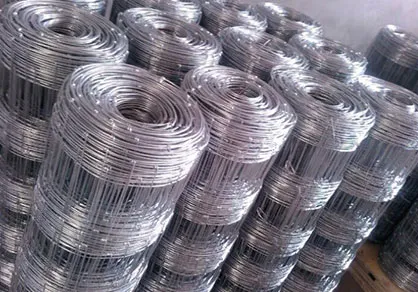

Executing the Nailing Process With preparation complete, you can begin the nailing process. If using masonry nails, mark the desired locations with a pencil and pre-drill pilot holes using a masonry bit to guide the nails and prevent cracking. For concrete screws, drill the holes slightly smaller than the screws' diameter for a tight fit. When employing powder-actuated tools, position the tool perpendicular to the concrete surface and make sure the nail is the correct length for the material thickness. Discharge the tool according to the manufacturer's instructions for precise and safe application. For projects using a hammer drill, maintain steady pressure and ensure that the bit remains perpendicular to the concrete. Insert the nails or screws, tapping gently if using a manual hammer, or tightening with a wrench or drill for screws. Ensuring Long-term Durability and Robustness To guarantee the longevity of your installation, consider environmental factors such as humidity, temperature fluctuations, and exposure to corrosive elements. For outdoor projects, choose nails or anchors that are resistant to rust and corrosion, like stainless steel or galvanized options. Additionally, applying a sealant to the nail or screw head can provide an extra layer of protection against moisture. Conclusion Successfully driving nails into concrete demands not only the right tools and materials but also a deep understanding of the task's nuances. By following these expert guidelines — from selecting the appropriate fasteners to mastering the nailing process — you can confidently undertake your project with the assurance of a durable, professional-grade outcome. Leveraging this expert advice will ensure your next concrete nailing task is executed with precision, reliability, and safety.
















